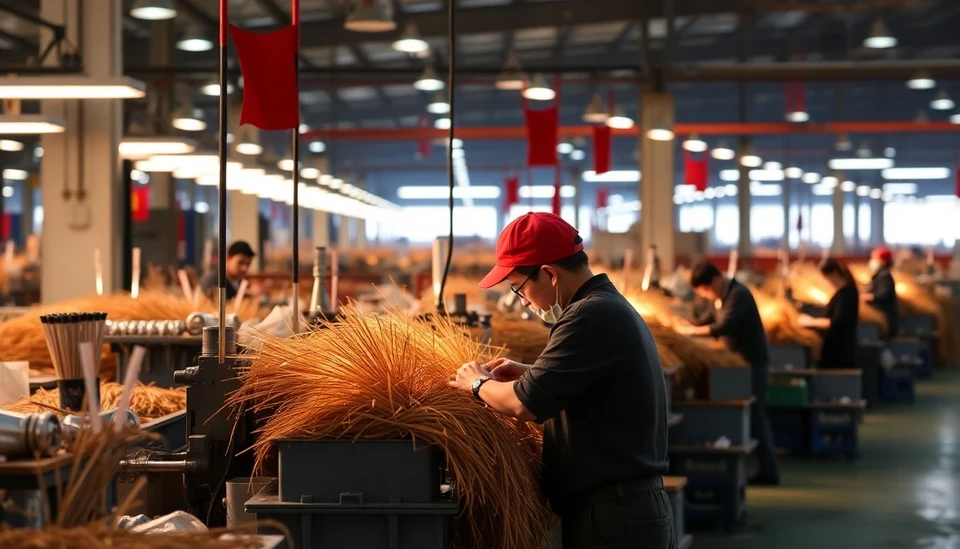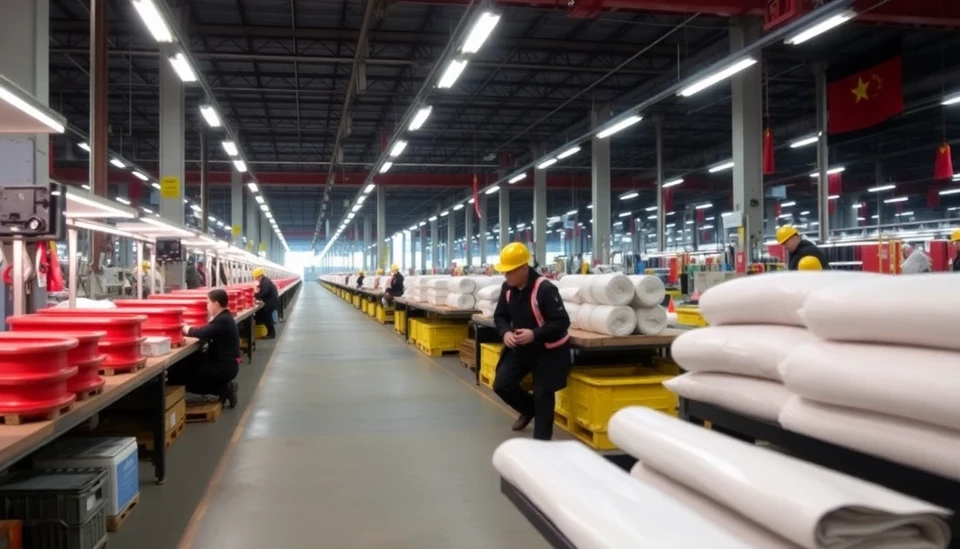
In a surprising turn of events, China's private manufacturing sector has shown signs of improvement, as reported by the latest factory gauge. This development comes despite ongoing trade tensions and tariffs that have historically impacted the nation's industrial landscape. The Purchasing Managers' Index (PMI), a critical indicator of manufacturing activity, exceeded analysts' expectations for the month of March, marking a moment of optimism in the face of uncertainty.
The PMI rose to a reading of 51.2, surpassing the anticipated figure of 50.5. This index, which distinguishes between expansion and contraction within the manufacturing sector, indicates a return to growth as numbers above 50 signal expansion. This unexpected increase has caught the attention of market analysts and investors, raising questions about the robustness of China’s economic recovery.
Several factors have contributed to this rise in manufacturing activity. Notably, a surge in domestic demand has played a pivotal role. As consumer confidence has rebounded following several months of economic challenges, manufacturing firms have reported increased orders. Additionally, the easing of strict pandemic-related restrictions has allowed factories to operate more effectively, resulting in a boost in production capacity.
Moreover, supply chain disruptions that had plagued the industry in previous months appear to be stabilizing. Manufacturers have been able to procure necessary raw materials and components with greater reliability, enhancing overall production efficiency. This improvement in logistical operations has not only strengthened output but has also contributed to a more favorable business environment.
Despite the positive news from the manufacturing sector, challenges remain. The tariffs imposed on Chinese goods by key international markets continue to loom over trade relations, casting a shadow on the long-term sustainability of this growth. Experts warn that while the current figures are encouraging, the external economic environment remains fraught with uncertainties that could impact future performance.
China’s policymakers are closely monitoring these developments. The government has signaled intentions to support the manufacturing sector through various measures, including financial incentives and policies aimed at fostering innovation. Such proactive steps could prove critical in maintaining momentum in the manufacturing industry, especially as global demand evolves.
Looking forward, experts are cautiously optimistic. The recent data suggests that China's manufacturing sector might be on a path to recovery, but continuous vigilance will be necessary to navigate the lingering effects of tariffs and global market fluctuations. As the situation unfolds, stakeholders will be attentive to upcoming economic reports that may provide further insights into the trajectory of manufacturing in China.
In summary, China's private manufacturing sector has delivered unexpected growth against a backdrop of tariff challenges, signaling potential resilience and adaptability of the industry. As domestic demand strengthens and logistical operations improve, the focus now shifts to sustaining this positive trajectory in the face of ongoing external pressures.
#ChinaManufacturing #PMI #EconomicGrowth #Tariffs #SupplyChain #IndustryRecovery #MarketTrends
Author: Laura Mitchell

